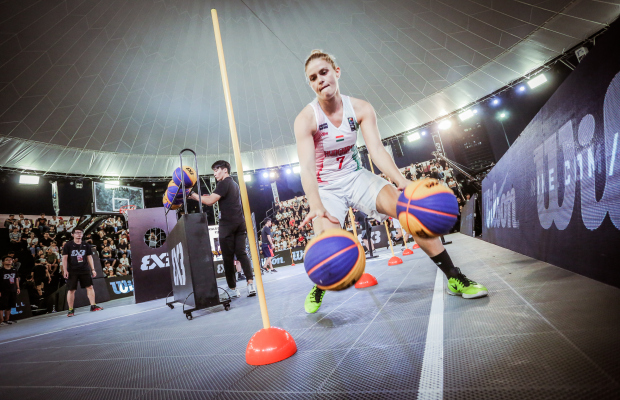The way you communicate and present yourself on and off-the-court has a big impact on how others perceive you. This includes team management, teammates, sponsors (and potential sponsors), media and fans.
You are communicating in everything you do, even when you are not specifically trying to and it is important to be aware this can have a big impact on how people perceive you. In addition to verbal communication, there are many non-verbal messages we send to others each day. Body language, hairstyle and physical presentation can have a significant impact on how others perceive your attitude, professional demeanour and approachability.
By being aware of your communication style and developing skills and techniques as a communicator, you will strengthen your marketability as an athlete and represent our sport in a positive way on and off-the-court.
Types of communication
There are three different basic categories of communication.
- Non-verbal: body language, gestures, facial expressions and posture. Non-verbal communication is a big part of making first impressions, which are very important in developing professional opportunities and relationships on and off-the-court.
- Verbal: spoken words used to communicate a message. The effect of verbal communication is affected by pitch, volume, tone of voice and the speed and clarity of speech. From a professional perspective, verbal communication is a key component of negotiations, relationship- building and public speaking.
- Written: any written communication. New technologies, such as social media, have increased your opportunities to deliver written messages which can have a big impact on your image. The effectiveness of written communication depends on your writing style, vocabulary, grammar, and clarity of message.
Using these types of communication will have varying levels of impact on your audience. Believe it or not, but non-verbal communication has the biggest effect on the impact of your communication. Surprisingly, how you deliver your message has more weight than what you are actually saying. How your message is perceived depends on the following aspects:
- Non-verbal communication: 55%
- Tone of your voice: 38%
- Spoken words: 7%
